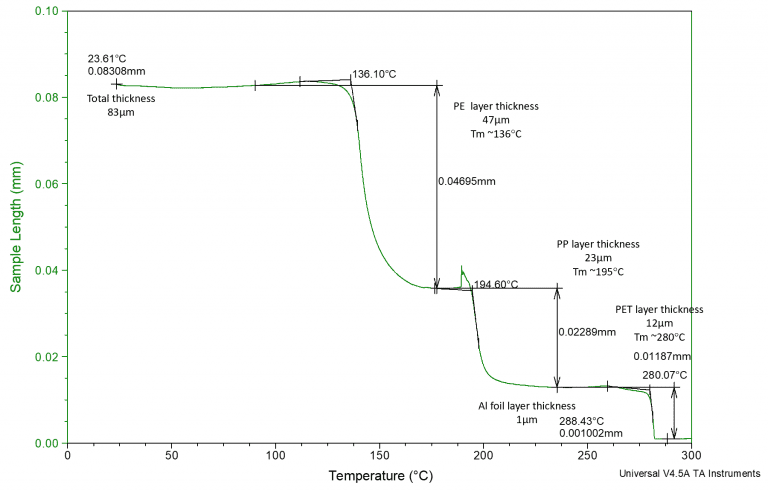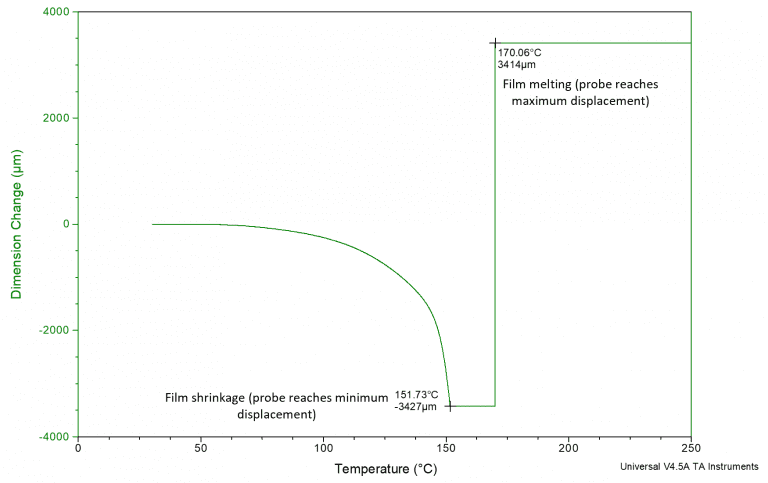Thermomechanical Analysis (TMA)

Thermomechanical analysis (TMA) probes the response of the sample’s thermal, dynamic, and static-mechanical properties as the ambient temperature around a sample is changed over time.
See also: Dynamic Mechanical Analysis (DMA), which can be performed under variable temperature conditions e to achieve similar results to TMA experiments.


